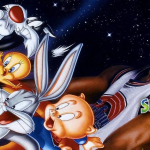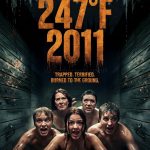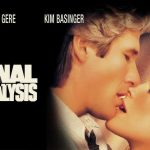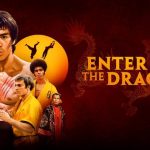Fear and Loathing in Las Vegas (1998)
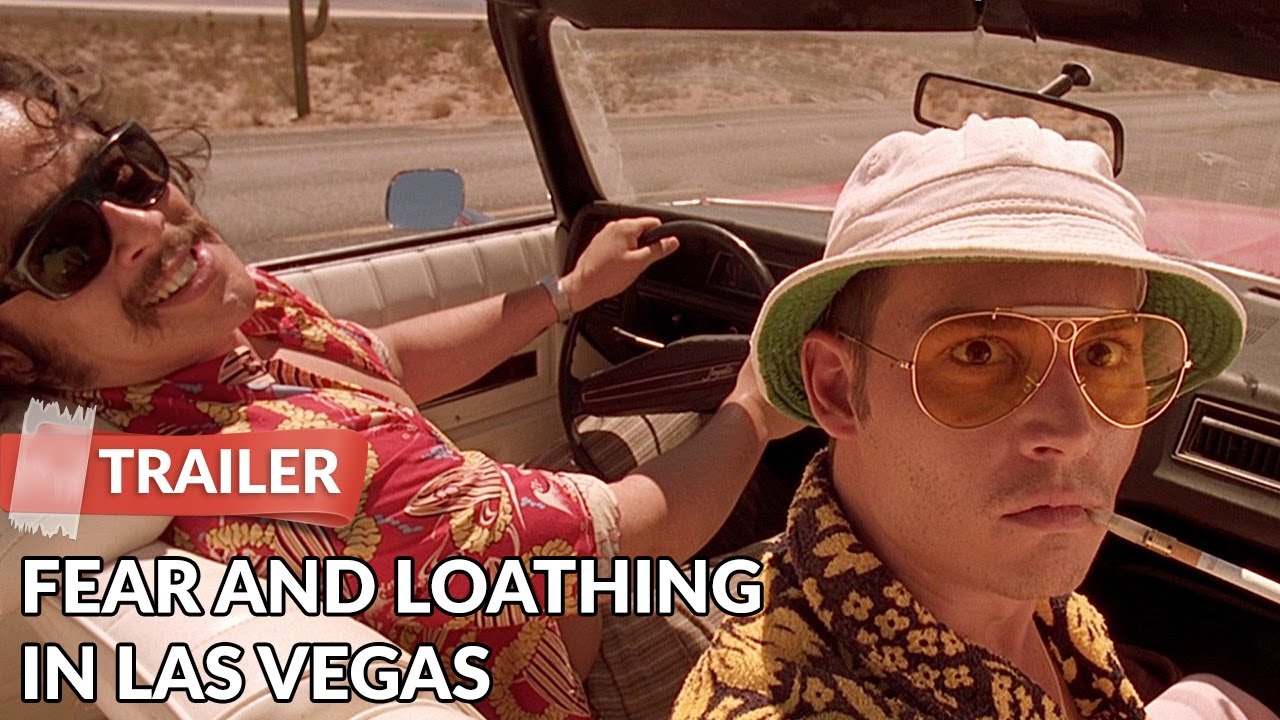
Fear and Loathing in Las Vegas (1998) is a darkly comedic adventure film directed by Terry Gilliam. Based on the iconic novel by Hunter S. Thompson, the movie stars Johnny Depp as Raoul Duke and Benicio del Toro as Dr. Gonzo. Set in the chaotic world of the 1970s, the film follows these two characters on a wild road trip to Las Vegas, where they indulge in drugs, absurdity, and the breakdown of the American Dream. The film is renowned for its surreal visuals and the offbeat performances of its lead actors.
The plot centers on Raoul Duke, a journalist, and his attorney Dr. Gonzo, as they travel to Las Vegas to cover a story. However, their journey soon turns into a hallucinatory nightmare as they consume vast quantities of drugs, leading them into a series of bizarre and unsettling situations. The film is an exploration of the countercultural movement of the 1960s and 1970s, using the characters’ experiences to comment on the disillusionment of American society.
One of the most striking aspects of Fear and Loathing in Las Vegas is its visual style. The film is known for its intense and mind-bending imagery, which reflects the chaotic mental state of its protagonists. The use of vibrant colors, rapid editing, and distorted camera angles all contribute to the sense of disorientation and madness that defines the film. These techniques enhance the sense of immersion in the characters’ hallucinatory experiences, drawing viewers into the psychedelic world that Duke and Gonzo inhabit.
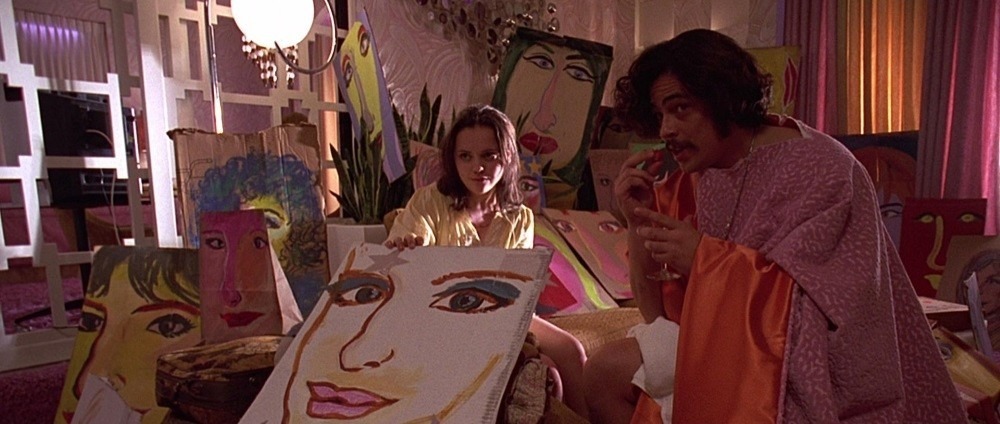
Johnny Depp and Benicio del Toro deliver unforgettable performances as the two main characters. Depp’s portrayal of Raoul Duke captures the journalist’s wild, erratic behavior, while del Toro’s portrayal of Dr. Gonzo provides a perfect balance of absurdity and unpredictability. Their on-screen chemistry creates a sense of unpredictability, as their antics and unpredictable decisions take the story in unexpected directions. The characters’ descent into madness is both hilarious and disturbing, making their journey an intense emotional rollercoaster.
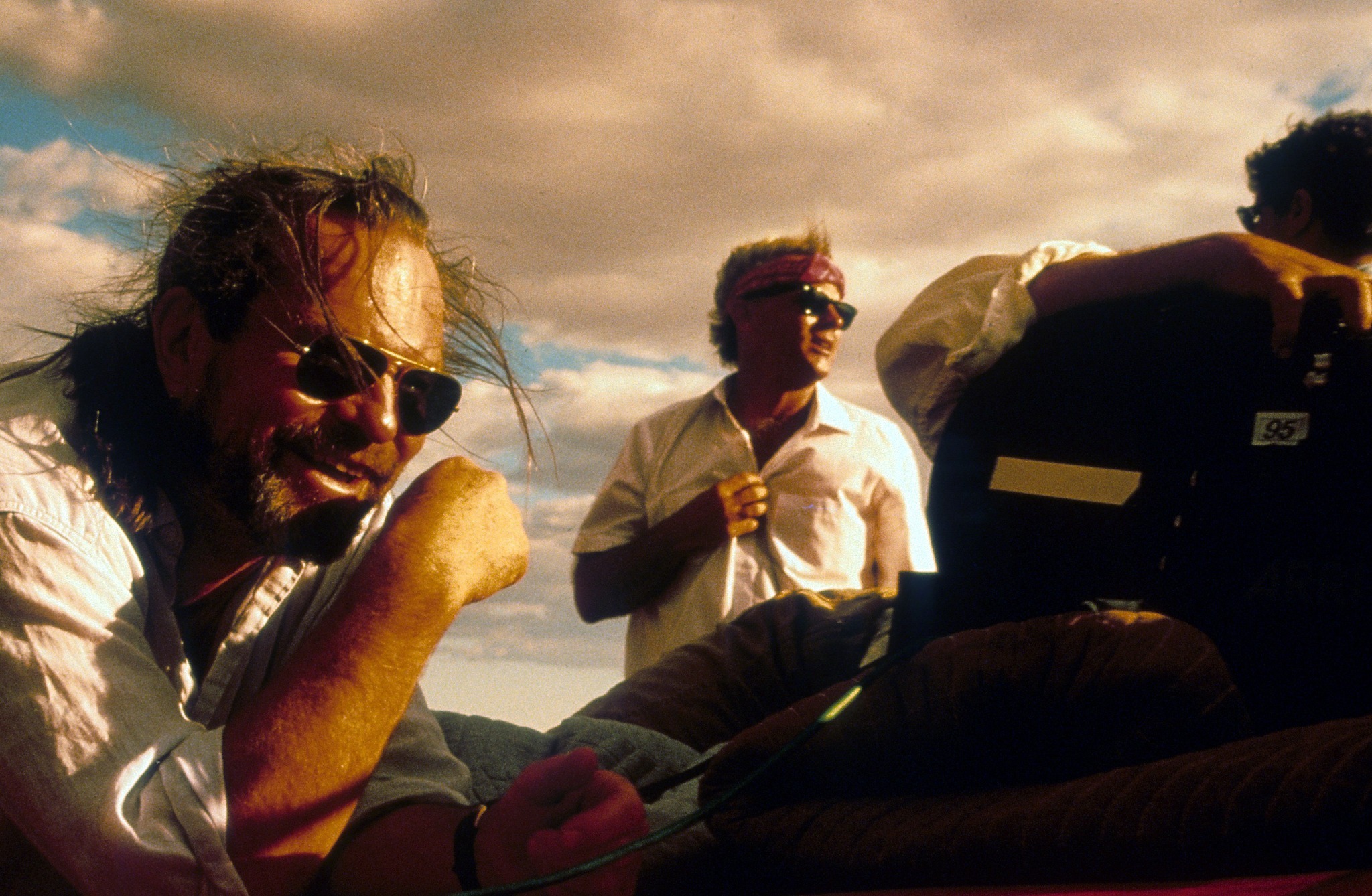
At its core, Fear and Loathing in Las Vegas is a critique of the American Dream. The film uses the absurd and out-of-control adventures of Duke and Gonzo as a metaphor for the disillusionment and corruption that the filmmakers believed was inherent in the American ideal. Through the chaotic events of the story, the film explores themes of excess, the loss of innocence, and the collapse of societal ideals, all set against the backdrop of the sprawling, neon-lit city of Las Vegas.
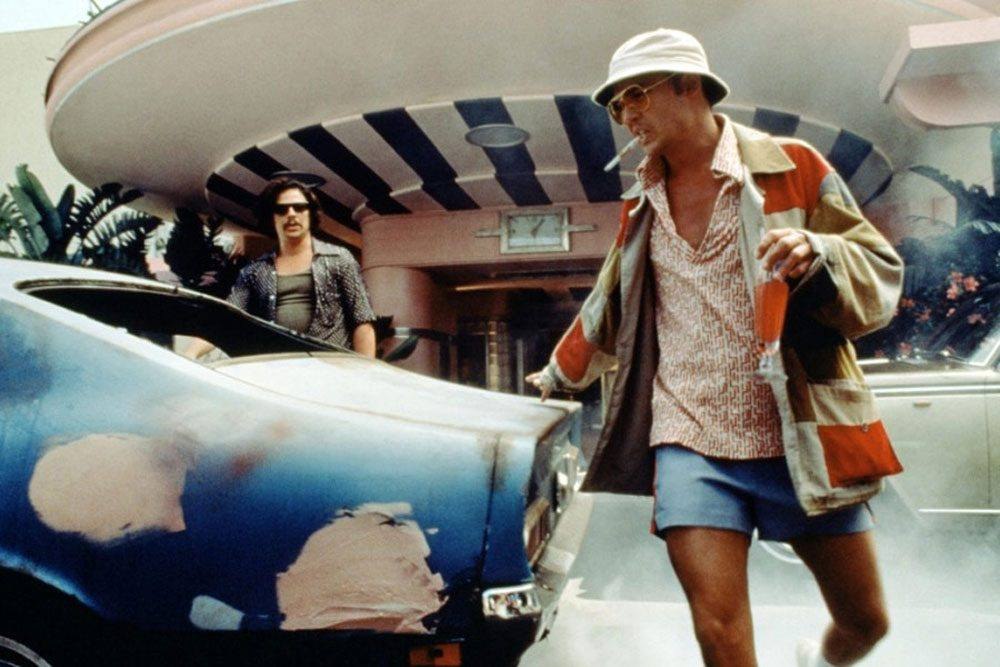
In conclusion, Fear and Loathing in Las Vegas is a bold, eccentric film that defies traditional storytelling. With its surreal visuals, wild performances, and scathing critique of American culture, the film has become a cult classic. Terry Gilliam’s direction, combined with the dynamic performances of Depp and del Toro, creates a cinematic experience that is as memorable as it is disorienting. Fear and Loathing in Las Vegas may not be for everyone, but for those who appreciate its unconventional narrative and chaotic energy, it offers a fascinating glimpse into the mind of Hunter S. Thompson and the world he created.

